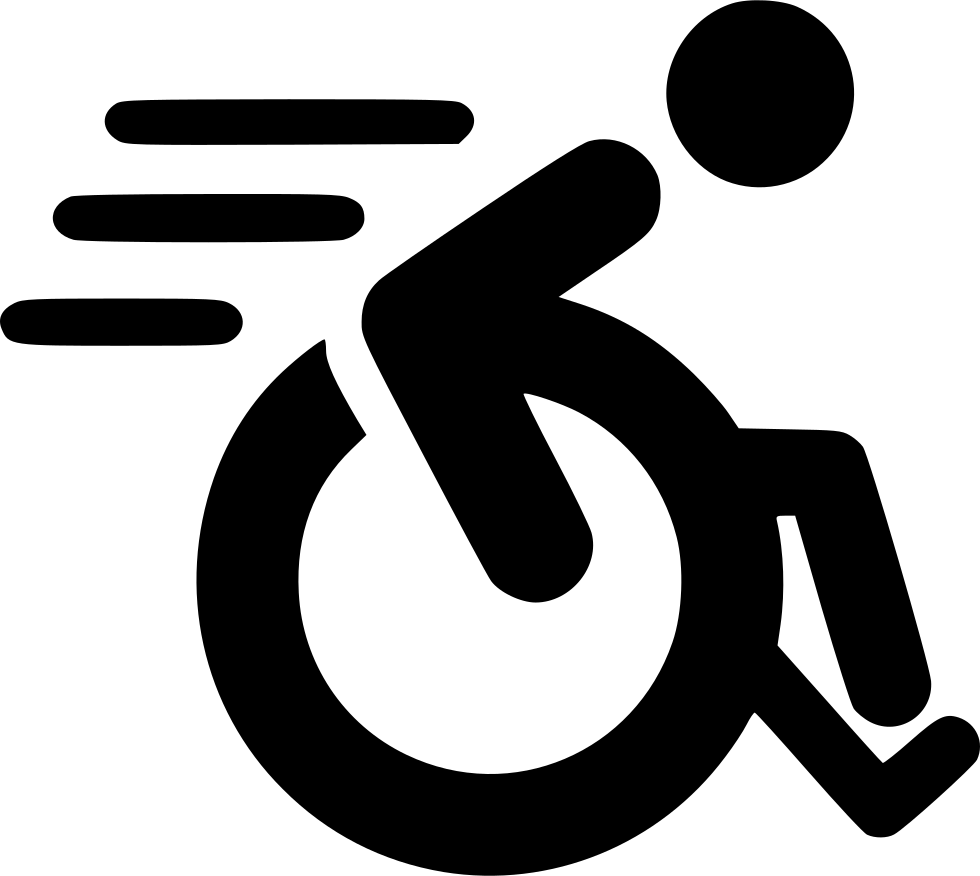Leg Bands and Identification for Birds
Why does my bird have a leg band?
 Leg bands are often applied by bird breeders to help identify and track their birds. In small birds, such as parakeets, canaries, and finches, the bands may be composed of either aluminum or plastic. In medium and large pet birds, the bands are composed of aluminum or steel.
Leg bands are often applied by bird breeders to help identify and track their birds. In small birds, such as parakeets, canaries, and finches, the bands may be composed of either aluminum or plastic. In medium and large pet birds, the bands are composed of aluminum or steel.
Breeders usually apply closed (solid) rings or bands within the first week of hatching, when the bird’s foot is still small enough to fit through the hole. As the bird grows, the leg band cannot be removed unless it is cut off. Bands help the breeder monitor the birds that are to be sold, and help them manage genetics so certain birds are not bred together.
Quarantine bands are placed on imported birds for regulatory reasons. These bands generally have three letters and three numbers or have the letters "USDA" crimped into the metal band.
Import bands are often open (incomplete rings) or pinned together. Legal Importation of parrots and songbirds ceased with implementation of the Wild Bird Conservation Act of 1992, so birds with open bands and this type of identification were imported or legally transported to the US before 1993. Open bands may also be put on the bird after determining the bird’s sex. Sex determination bands are put on the right leg to indicate males and on the left leg to indicate females.
Can a leg band be a problem for my bird?
Sometimes leg bands can cause injuries. You should check leg bands regularly for problems. The bands can get caught in cage parts or toys, which can lead to broken bones, cuts, dislocations, or sprains.
Leg bands that are too small may restrict blood flow to the foot, which will then cause swelling in the tissue below the band. If these cases are not resolved quickly, blood flow to the foot may be cut off, causing the foot to die and need amputation. Smaller birds may develop a buildup of dead skin between the leg and the band, causing the band to become too tight.
If a foot is injured and becomes swollen, the inflexible leg band will restrict blood flow to the foot. In a worst-case scenario, the leg band can damage blood circulation to the affected foot, requiring hospitalization and, in some cases, surgical amputation of the foot.
Should I have my bird's leg band removed?
 The leg band is often a bird’s only form of identification. If it is removed, positive identification becomes difficult and unreliable. A leg band is rarely linked to owners. Previously, many people have freely removed leg bands. Now, because of international regulations like the Convention on International Trade in Endangered Species of Wild Fauna and Flora (CITES), positive identification is extremely important, particularly for birds considered endangered or threatened.
The leg band is often a bird’s only form of identification. If it is removed, positive identification becomes difficult and unreliable. A leg band is rarely linked to owners. Previously, many people have freely removed leg bands. Now, because of international regulations like the Convention on International Trade in Endangered Species of Wild Fauna and Flora (CITES), positive identification is extremely important, particularly for birds considered endangered or threatened.
Verification of where a bird was born (captive or wild) may be required if you move, travel, or sell your pet. Leg bands should only be removed if improperly applied, causing problems for the bird, or if you are changing to another or better means of identification as described below.
It is never recommended to try to remove a leg band at home. Bird legs are very fragile and it is easy to injure your bird. Seek help from an avian veterinarian if you want to have your bird's leg band removed. They may need to sedate your bird to safely remove the leg band.
How else can I identify my bird?
Small identification microchips are commonly used in North America and other countries around the world. A microchip (about the size of a grain of rice) can be quickly and safely implanted into the breast muscle of a bird. The implant is read by passing a scanning wand over the bird with complete safety. The microchip number is recorded and registered to the owner of the bird through the microchip company, so the microchip can make a direct and positive identification of the individual bird linked directly to the owner. Microchips are also useful in identifying ownership of lost birds. The microchip can be scanned and called into the manufacturer to find the owner.
Tattoos may be injected into the skin and offer another means of identification. However, tattoos may fade with time or be altered. Tattoos are not a popular method for bird identification.
A photograph of the unique skin patterns on the feet is another method of identification, much like fingerprinting a human: each bird has a different pattern. However, there is currently no database for retrieving this information if your bird is lost.
Genetic DNA "fingerprinting" involves taking a small sample of blood from your bird. Your veterinarian will have the blood tested to record the unique genetic code of your bird. No other bird will ever have this "fingerprint" and no one can remove it. This method is extremely important when evaluating a breeding bird to establish family bloodlines.
Ask your veterinarian about these identification options and advancements to determine the best method for establishing accurate identification of your bird.
© Copyright 2025 LifeLearn Inc. Used and/or modified with permission under license. This content written by LifeLearn Animal Health (LifeLearn Inc.) is licensed to this practice for the personal use of our clients. Any copying, printing or further distribution is prohibited without the express written consent of LifeLearn. This content does not contain all available information for any referenced medications and has not been reviewed by the FDA Center for Veterinary Medicine, or Health Canada Veterinary Drugs Directorate. This content may help answer commonly asked questions, but is not a substitute for medical advice, or a proper consultation and/or clinical examination of your pet by a veterinarian. Please contact your veterinarian if you have any questions or concerns about your pet’s health. Last updated on May 1, 2025.




